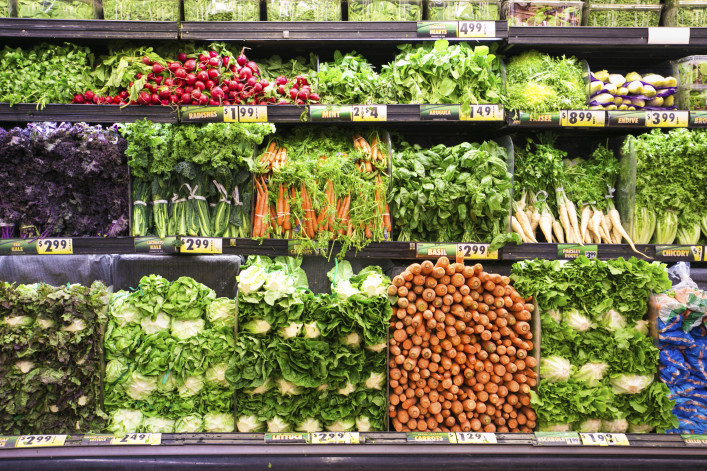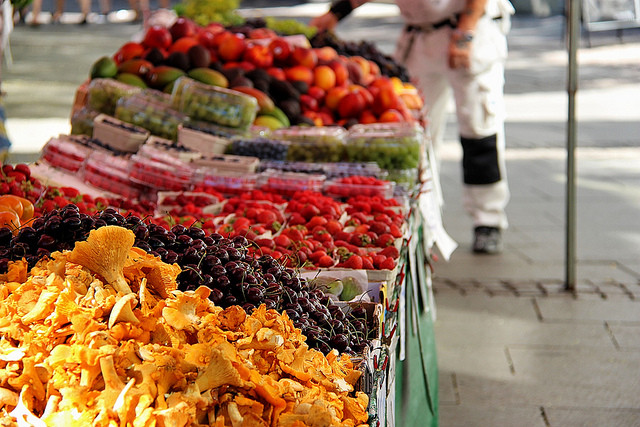Neighborhoods are losing their supermarkets—exacerbating food insecurity in NYC
New York City’s groceries are vanishing, often to make way for massive residential developments, according to a map published yesterday by Curbed. The hardest hit borough is Brooklyn, where supermarkets in Park Slope and Clinton Hill are scheduled to shut down to make way for new apartment buildings; the same goes for stores in Flushing and East Harlem. Others have gone out of business due to skyrocketing rents or bankruptcy.
This isn’t a result of market saturation. In fact, Washington Heights residents have staged protests of an Associated closure, saying that the loss of the store will pose major challenges getting groceries. And in East Harlem, locals say that the shutting down of a Pathmark will make finding fresh food even more difficult in a neighborhood already considered a food desert.
The American Nutrition Association defines food deserts as areas where residents have limited access to fresh fruit, vegetables, and other healthy whole foods. Food deserts are typically located in low-income areas, and are thought to play a role in the U.S.’s obesity epidemic—and if you consider what a diet dependent on bodega offerings might look like, it’s not a surprising correlation.
Feeding America, a non-profit that combats hunger, studied the areas nationwide that are “food insecure,” that is, deficient in their access to the nutrition needed to live well. Among the five boroughs, City Harvest pegs Brooklyn as having the highest percentage of food-insecure residents, at 19.8 percent—and it’s the same region where up to six grocery stores may close in the coming months.
The solution to increasing food insecurity may not be as simple as building more stores, though: a study conducted last year by Healthy Eating Research found that even after a new supermarket opened in Morrisania, previously a food desert, there was little change in residents’ eating habits. The more significant problem, it turned out, was the cost of fresh produce, as well as the time required to cook it and the speed with which it goes bad, disincentives for many in the south Bronx neighborhood.
Mayor Bill de Blasio seeks to address some of these concerns with his Building Healthy Communities initiative, one goal of which is to combat food insecurity by creating urban farms and community gardens, as well as by bringing in farmers markets to food deserts. The urban farms will be built on the sites of NYCHA housing, including in East Harlem, and residents can get a bagful of fresh veggies in exchange for a bag of compost or volunteer hours.
City Harvest also works to alleviate food insecurity in NYC by collecting surplus food from restaurants, bakeries, stores, and more, and distributing it to those in need. In addition, the non-profit offers free nutrition and cooking classes at community centers throughout New York. For those interested in donating their time, both Building Healthy Communities and City Harvest accept volunteers.
Meanwhile, even some upscale city supermarkets are struggling: Fairway, facing stiff competition from other top-tier stores like Whole Foods and after a massive expansion, seems to have its own cash flow problem, to the lament of many Upper West Siders worried about its future.
You Might Also Like


























